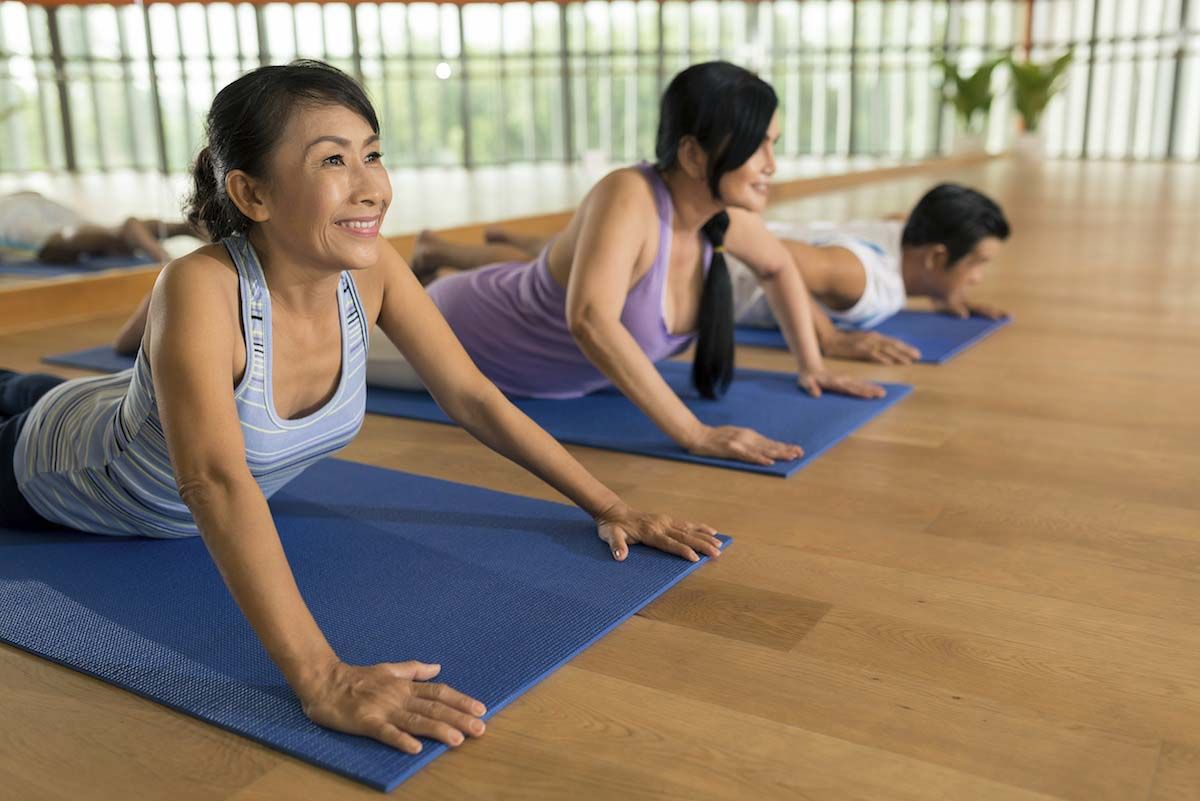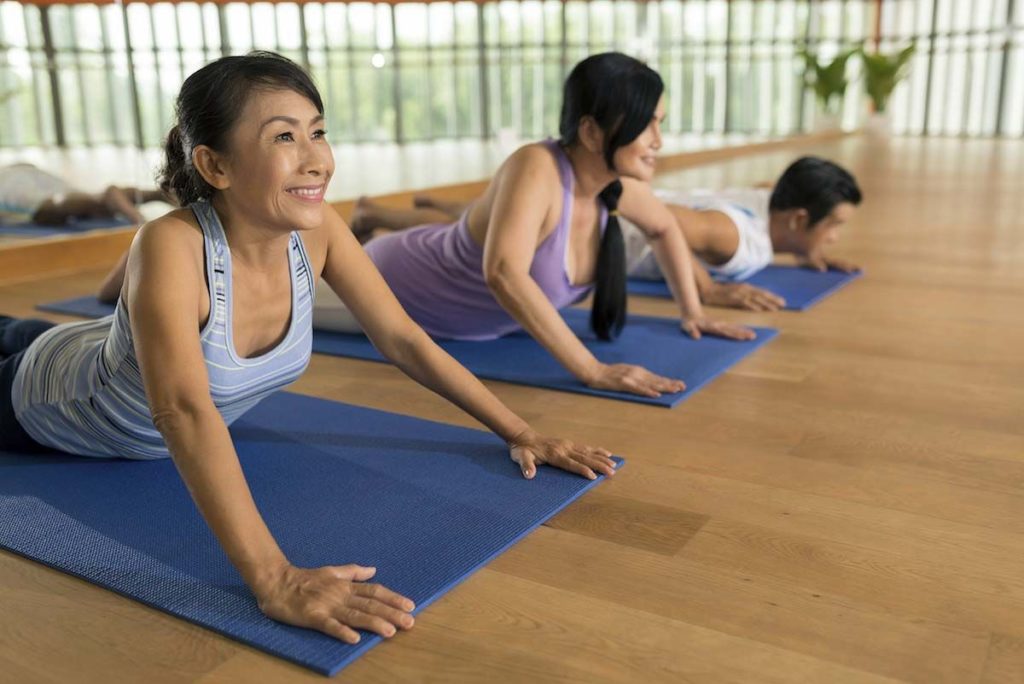
Women and Mental Illness
Across the globe, women are roughly 100 percent more likely than men to develop major depression, according to figures compiled by the World Health Organization. In addition, women may experience longer-lasting forms of major depression. One sub-type of major depression, postpartum depression, occurs only in women. Women also have much higher chances of developing the range of conditions known collectively as anxiety disorders, which includes social anxiety disorder, panic disorder, generalized anxiety disorder, specific phobia and agoraphobia. In addition, women have higher chances of developing post-traumatic stress disorder (PTSD), a condition formerly classified as an anxiety disorder. Women also account for most cases of anorexia nervosa, bulimia nervosa, binge-eating disorder and a range of conditions collectively known as “somatic symptom and related disorders.” Finally, women are unusually likely to develop overlapping or comorbid mental health problems that trigger worse outcomes than any single mental health problem. Several factors at least partially account for the prevalence of certain forms of mental illness in women. Examples of these factors include exposure to the sexually-focused violence that acts as one of the main contributors to PTSD, a gender bias in income levels relative to men and the mental/emotional stresses associated with women’s traditional roles as caretakers and maintainers of social connections.
Physical Activity
Current exercise guidelines issued by public health officials in the U.S. call for participation in a certain amount of moderate or vigorous aerobic activities and strength training activities each week. The specific amount and type of exercise suitable for any given individual varies according to factors that include age, current level of physical fitness and the need to adapt to the presence of specific health problems.
Impact on Women’s Mental Health
In the study published in The European Journal of Public Health, researchers from three British universities and two Finnish universities used information drawn from a project called the Finnish Public Sector Study to assess the impact that physical activity has on women’s mental health at various stages of life. A total of 26,913 women between the ages of 18 and 69 were free from any diagnosable form of mental illness when their participation in the project began. In terms of physical activity, these participants fell into one of four categories: women who engaged in physical activity less than 14 total “metabolic hours” (the same as roughly 150 minutes of moderate aerobic exercise) per week, women who engaged in activity between 14 and 29 metabolic hours per week, women who engaged in 30 to 59 metabolic hours of activity per week and women who engaged in 60 or more metabolic hours of activity per week. The researchers used a screening tool called the General Health Questionnaire to assess the mental health of all study participants. After analyzing the results of this questionnaire, they concluded that any woman’s chances of experiencing mental health problems go down as her level of weekly involvement in physical activity goes up. They also concluded that middle-aged and older women who increase their weekly activity participation by three or more metabolic hours have significantly smaller chances of developing mental health problems as they age over time. Young women who increase their weekly activity by the same amount do not apparently receive this added benefit. The study’s authors believe that physical activity’s ability to ease some of the symptoms of menopause may account for the additional mental health benefits found in middle-aged and older women. However, future researchers will need to confirm or deny this tentative observation.

